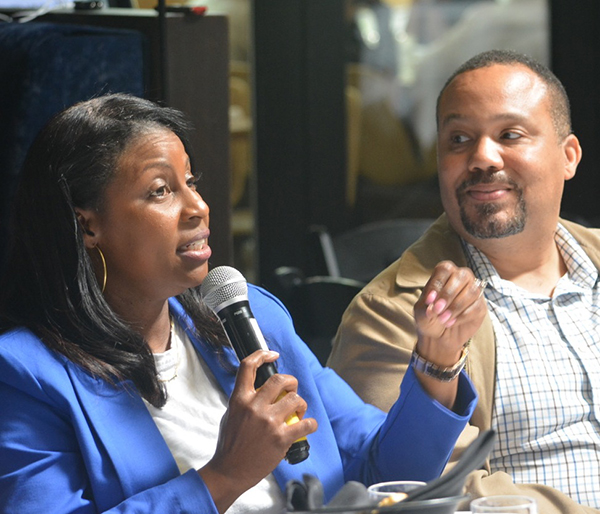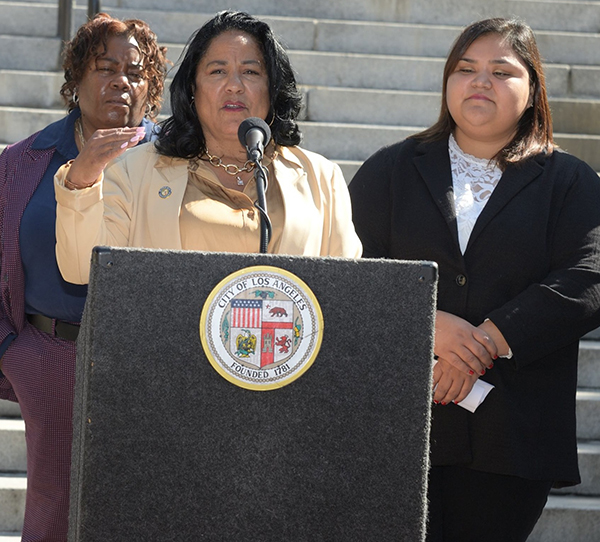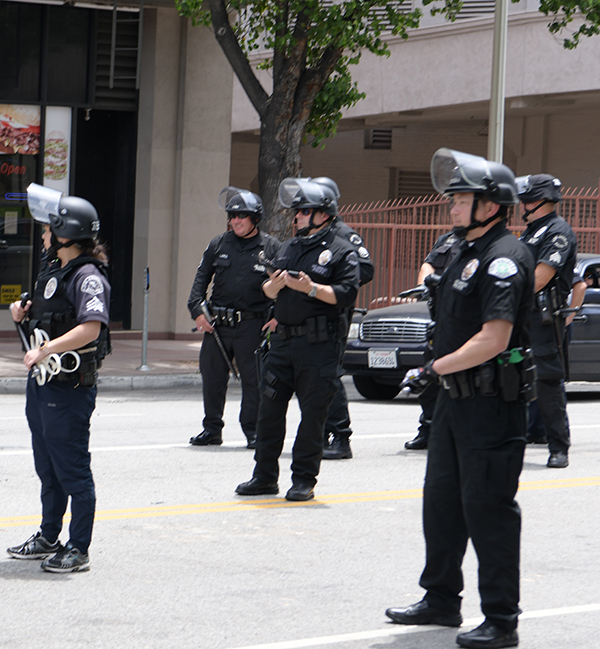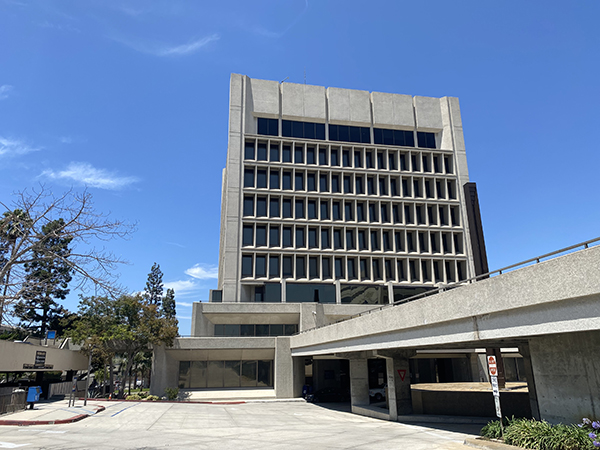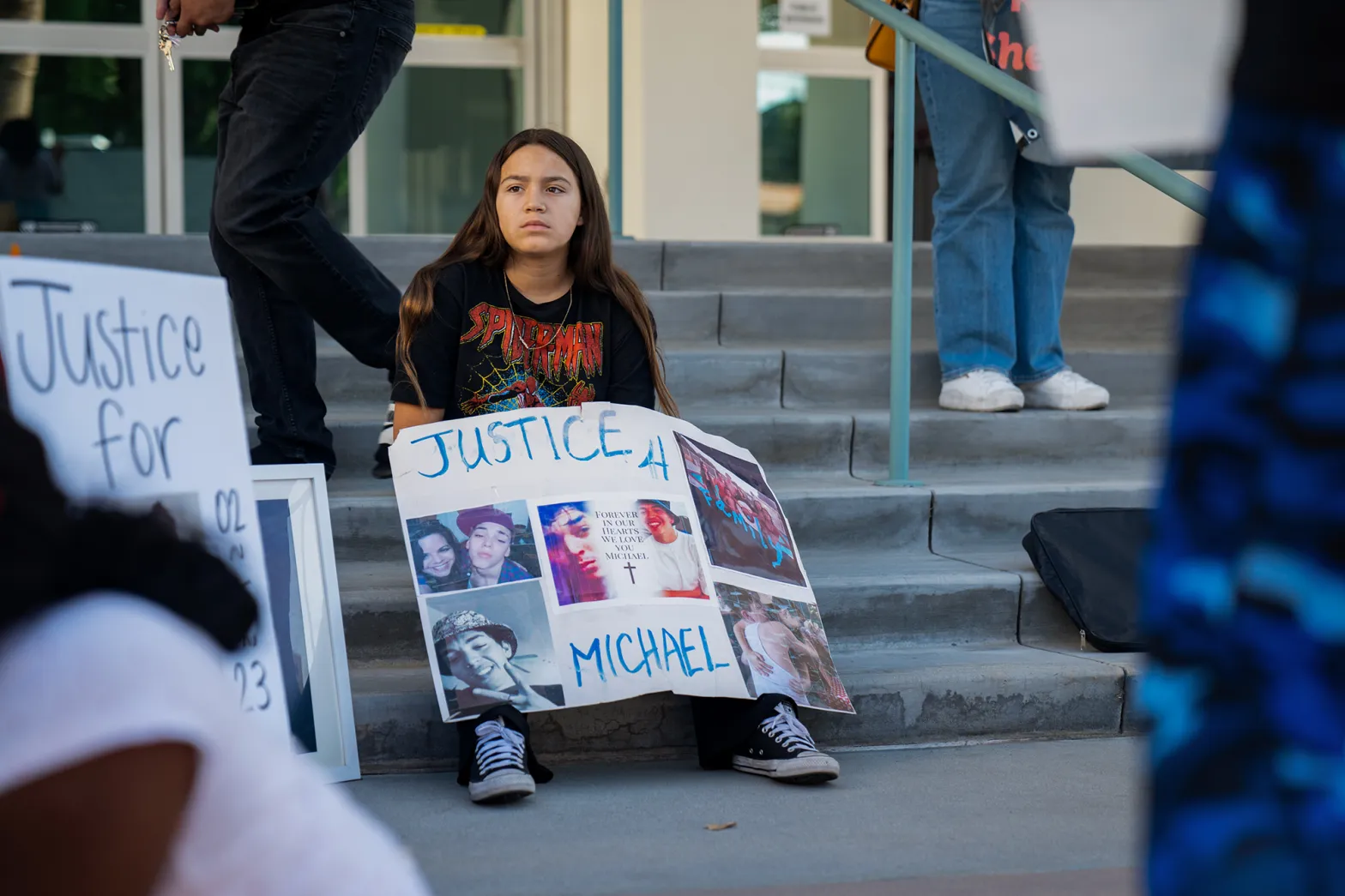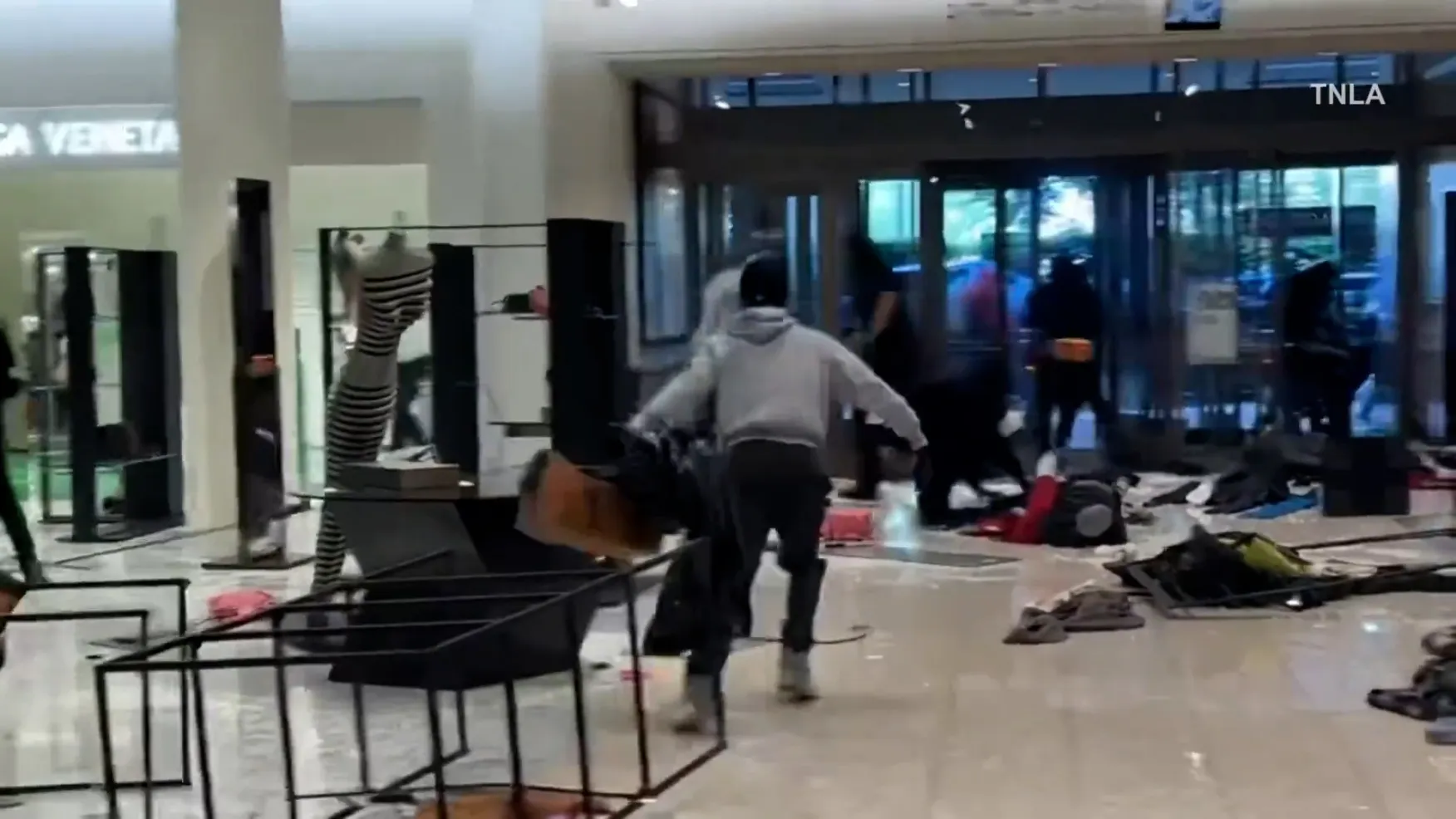Holding Thousands Fewer, But Far More Are Dying in Them
Gov. Gavin Newsom pledged to address a rise in jail deaths early in his administration. Since then, fentanyl overdoses and suicides have death rates at historic highs.
By Nigel Duara and Jeremia Kimelman
Cal Matters
People are dying in custody at record rates across California. They’re dying in big jails and small jails, in red counties and blue counties, in rural holding cells and downtown mega-complexes. They’re dying from suicide, drug overdoses and the catch-all term natural causes.
The number of jail deaths is up even though the number of people in jail is down.
The state is aware. Reams of reports from oversight agencies have repeatedly pointed to problems in individual jails and the state board that oversees them.
Gov. Gavin Newsom pledged almost five years ago that the state would take a stronger hand to prevent deaths in the 57 jail systems run by California county sheriffs.
In every year since, more people have died in California jails than when Newsom made that pledge — hitting a high of 215 in 2022. Tulare, San Diego, Kern, Riverside and San Bernardino counties’ jails set records.
Nor was the pandemic the driving factor: California in 2022 had the smallest share of deaths due to natural causes in the past four decades. A surge in overdoses drove the trend of increasing deaths. And almost every person who died was waiting to be tried. A previous CalMatters investigation found that three-quarters of those held in county jails had not been convicted or sentenced, with many awaiting trial more than three years.
A state board was supposed to put in place measures that would keep inmates safer.
Newsom committed to working through that board when he said in 2020, “I’ve got a board that’s responsibility is oversight. I want to see them step things up.”
But in the years that followed, Newsom and the Board of State and Community Corrections were unable to slow the deaths. Until recently, the board was not even notified about deaths inside the county-run lockups, and a 2021 State Auditor’s report criticized the board for failing to enforce its own rules and standards on mental health checks and in-cell wellness checks of inmates.
The state has begun to take a somewhat stronger role.
The governor appointed a formerly incarcerated person to the Board of State and Community Corrections, and also signed a bill last year that added to it a licensed health care provider and a licensed mental or behavioral health care provider.
Following through on his 2021 budget proposal to increase the frequency of jail inspections and allow the board to perform them unannounced, Newsom directed an additional $3.1 million each year to the oversight board.
The board reported that last year it conducted 31 unannounced jail inspections, a change from past practice when it would visit jails just once every two years and told jail authorities in advance when inspectors were coming.
And a new law in July will add a staff position to review in-custody deaths, a position to be appointed by Newsom and confirmed by the Senate.
But critics say those steps have been insufficient. For instance, the original bill would have put jail death monitors in every county.
CalMatters sent nine questions to the governor about jail deaths, the effectiveness of the state board, and his own 2021 pledge to strengthen jail oversight.
Newsom’s office did not answer the questions, instead sending a list of accomplishments to reflect “the Governor’s extensive record in this space.” Those mostly applied to his policies for state prisons, such as a death penalty moratorium.
When CalMatters asked him about high statewide jail deaths at a March 1 press conference in the Inland Empire, Newsom responded by saying:
“The governor,” Newsom said, “just signed legislation to actually be able to create a point person specifically responsible for overseeing what’s happening in county jails, working with (Attorney General Rob Bonta), who’s also been advancing investigations. One very close to home here in Riverside County, related to 18 in-custody deaths in 2022 with the current sheriff.”
The officials with the greatest influence over what happens in jails — the state’s elected county sheriffs — say additional state oversight is unnecessary. California State Sheriffs’ Association president Mike Boudreaux, who is also the sheriff of Tulare County, said he already answers to a state oversight board, the state Justice Department, county grand juries, federal courts, state courts and the media.
“What we see is that people criticize jails, they criticize sheriffs’ offices,” Boudreaux said. “And the reality of it is, they’ve never been inside a jail. They’ve never worked side-by-side with the sheriffs’ offices. They’ve never sat in meetings that we sit in to make sure that not only are we doing things right — we’re doing things that are for the safety and security of those inmates.”
In 2011 California — as it thinned severely overcrowded state prisons by sending tens of thousands of recently convicted offenders to county-run jails — created an oversight board for prisons and jails.
This 13-member Board of State and Community Corrections is composed mostly of people with law enforcement and probation experience. The governor appoints eight, with one each appointed by the Judicial Council of California, Speaker of the Assembly and Senate Rules Committee.
The other two current board members are the state prison system’s chief and its director of parole operations.
The board’s initial mission was to lend independent expertise to jails and prisons and act as a “data and information clearinghouse.” The board gives out $400 million each year to jails, prisons, tribes and community organizations. It also sets standards for correctional facilities, from the hourly checks performed on inmates to the time set aside for recreation.
Almost immediately after its formation, the board was confronted with the limits of its powers: It lacked authority to mandate that all California sheriffs report their data — including in-custody deaths.
That will change when the state board’s new reviewer of in-custody death starts this summer.
When asked by CalMatters why more people are dying in California jails, despite a declining jail population, Board of State and Community Corrections representative Adam A. Lwin responded, “The BSCC is not in a position to comment on this question with respect to deaths in jails.”
“Until the passage of (the new law adding a detention monitor), the BSCC did not have specific responsibilities related to deaths in custody, beyond inspecting for the local agency’s policy and procedures related to reporting on any death in custody,” Lwin wrote in response to CalMatters’ questions.
Shannon Dicus, San Bernardino County’s Sheriff and a member of the Board of State and Community Corrections, said the rise in deaths in part reflects trends that are unfolding outside of jails, including an overstretched mental health system and widespread use of potentially deadly opiates.
For his deputies, a persistent issue is people who know they are in violation of their probation terms hiding drugs in their bodies before they’re returned to jail.
But sometimes the jail-keepers themselves are responsible. During the pandemic, when jails were closed to visitors, drugs still found a way in.
Jail deputies in Riverside and Fresno counties have been charged with drug smuggling, and an Alameda County civil grand jury found that a private jail contractor fired the medical director of the county’s jails for writing fake prescriptions to obtain opioids for herself.
Sheriffs have sometimes resisted outside pressure to more closely monitor their employees.
In San Diego County jails, where according to Justice Department statistics 47 people died between 2021 and 2023, Sheriff Kelly Martinez and her predecessor have repeatedly refused requests from the local civilian law enforcement review board to put her deputies through scanners before they start their shifts.
Two jail deputies pleaded guilty to drug-related charges last year, one for burglary of medication from a jail prescription medication drop-off box and the other for possession of cocaine on jail property.
Jails could do a better job beginning at intake and reception, said Corene Kendrick, deputy director of the American Civil Liberties Union National Prison Project. She noted that people who have been arrested often are asked deeply personal questions about their substance use and history of self-harm, within earshot of jail deputies and other inmates.
If they don’t disclose that they have drug or alcohol dependency — perhaps fearing that will lead to more charges — Kendrick said the immediate cutoff can pose an enormous health risk.
And for people who are on psychiatric medication but don’t like the side-effects or don’t want to disclose their condition, the cessation of their medication can send their mental health into a tailspin.
Additionally, Sheriff Dicus said jails sometimes find letters sent to inmates in the mail that were dipped in diluted fentanyl or methamphetamine.
“So a lot of these folks are secreting opiates in their rectum,” Dicus said. “We run dogs through. We do a number of things. We’re spending $250,000 on body scanners. And what happens is some of these people, they’ll have it in their bodies where we can’t detect it.
“They go into the jail, they get housed in their general housing assignment, and then all of a sudden I have seven fentanyl overdoses. And that’s the truth.”
Nigel Duara joined CalMatters in 2020 as a Los Angeles-based reporter covering poverty and inequality issues. Previously, he served as a national and climate correspondent on the HBO show VICE News Tonight. Before that, he was the border correspondent at the Los Angeles Times. He can be reached at nigel@calmatters.org
Jeremia Kimelman is a data journalist who uses code and data to make policy and politicians easier to understand. He was previously a graphics editor at the COVID Tracking Project and a data journalist at NBC News covering elections and national politics. He can be reached at jeremia@calmatters.org
CalMatters.org is a nonprofit, nonpartisan media venture explaining California policies and politics. Published with permission of CalMatters.



